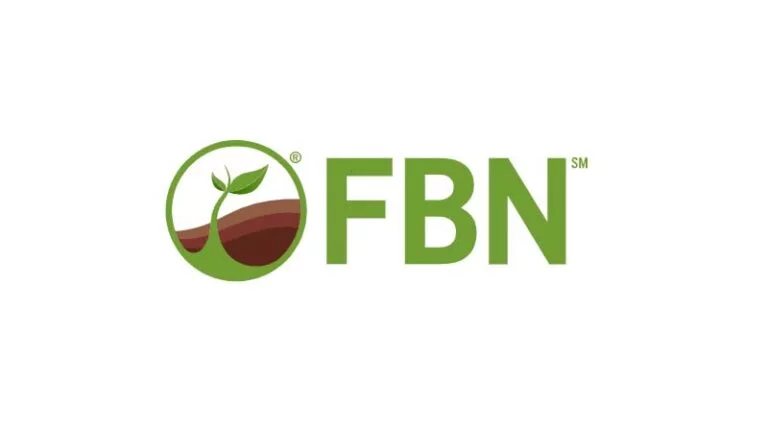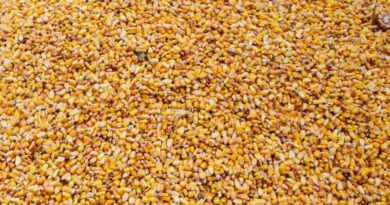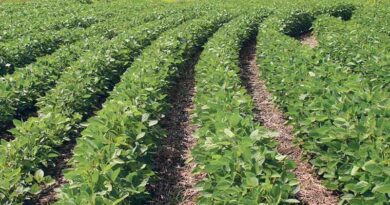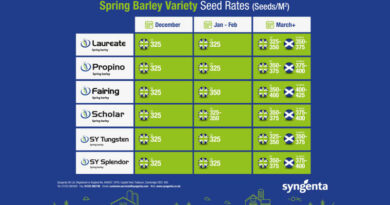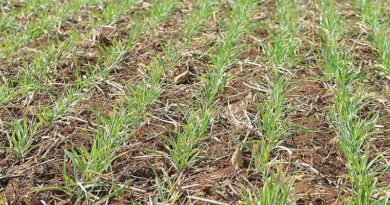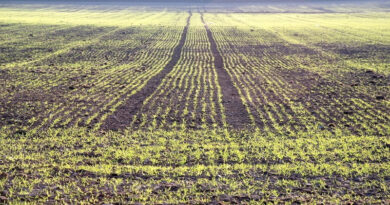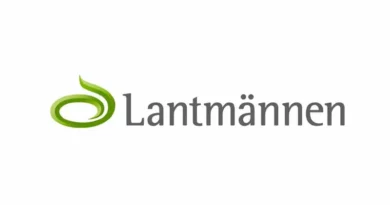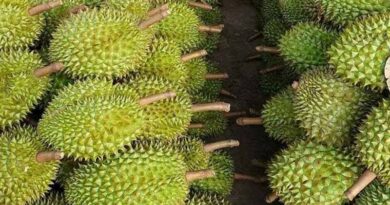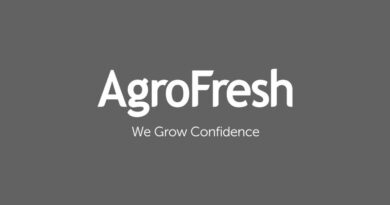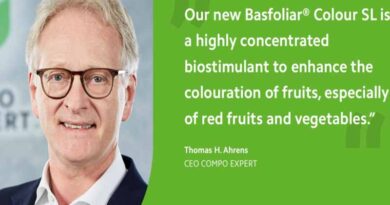Maximize Seed ROI By Avoiding These 3 Common Mistakes
04 October 2023, US: When it’s time to buy seed, selecting which varieties to invest in to optimize your profit potential can often be a daunting decision.
Here are three common pitfalls to avoid when selecting seed.
Mistake #1: Focusing Exclusively on High Yields
While high yield is important for maximizing productivity, it’s not the only factor to consider.
By solely focusing on high yield, you may overlook other important traits such as disease resistance, drought tolerance, or adaptability to the specific growing conditions on your farm. These challenges, if unaccounted for during the seed selection stage, can lead to an increased need for crop protection products, additional water resources to address plants’ inability to withstand drought conditions, and additional management challenges that can ultimately reduce yields.
Instead, planting a diverse range of varieties with different traits can help mitigate these risks and provide more resilience to your overall crop production.
Mistake #2: Only Prioritizing Cost Savings
It can be exciting to find a great deal, but if you don’t invest in seed genetics well-suited for your fields you may find that low yields and high input costs cut into your bottom line.
While cost savings are important for maximizing profitability, you may end up selecting lower-priced seeds that lack the necessary traits to thrive in your particular environment. Similar to selecting only high-yield seeds, selecting only budget seed can result in reduced yields, increased susceptibility to pests and diseases, and ultimately lower profitability.
Mistake #3: Blindly Trusting External Recommendations
Just because a seed variety worked for your neighbor, was suggested by a seed company during a recent field day or seemed to perform well in a recent university trial, it doesn’t necessarily mean it’ll perform well for the entirety of your operation.
While these recommendations may be trustworthy or credible, they aren’t always tailored to your specific farming conditions and goals. Different farms have unique soil types, climate patterns and pest pressures, which can greatly influence seed performance. What works well for one farmer or in one region may not necessarily work as effectively for you.
External recommendations may also fail to take into account the long-term sustainability and resilience of your farming system. Factors such as soil health, biodiversity, and environmental impact may not be adequately considered in such recommendations. In summary, don’t be afraid to apply the lens of your operation to the decisions you make and factor that into the risk mitigating measures that make the most sense for you.
There’s a Better Way to Select Seed
Let’s be honest… we’ve all made seed-buying decisions based on one or a combination of the elements outlined above.
Instead, base your seed selection decisions primarily on Return on Investment (ROI). Paying attention to profit per acre on your farm operation will give you the best chance at a successful season.
With ROI as your guide, you evaluate expected yield and end-of-season revenue against all of the costs that go into production and the other operational impacts they have on management. This approach puts you in position to buy seed that will positively impact your bottom line.
(For Latest Agriculture News & Updates, follow Krishak Jagat on Google News)

